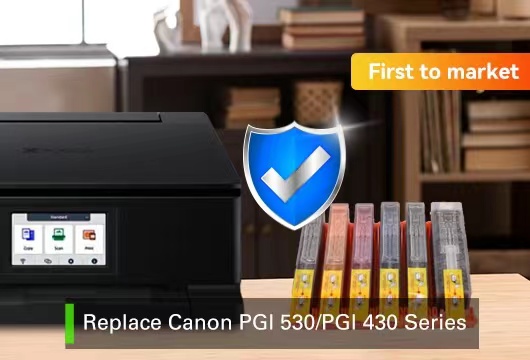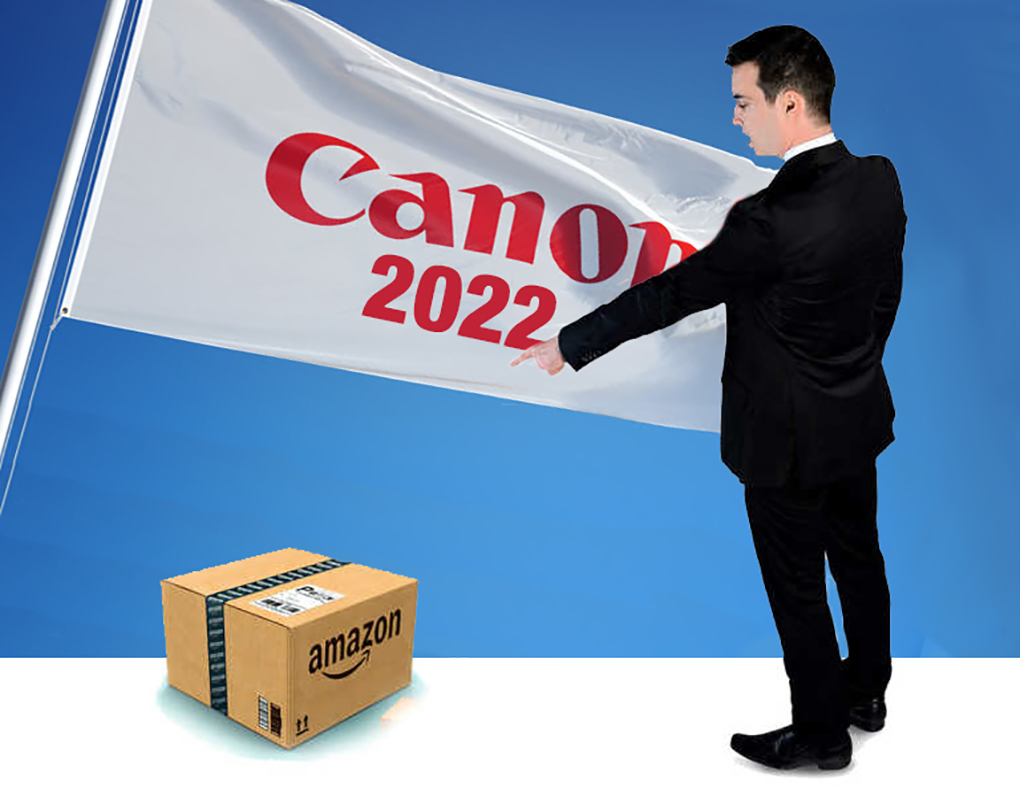Farewelling 34 Year Career to Follow Bird-watching Passion
Farewelling 34 Year Career to Follow Bird-watching Passion
 David Gibbons (publisher) comments: I first met John Shane in 2011 and for the past 11 years I have enjoyed and been educated by his thorough presentations in the Americas and Japan.
David Gibbons (publisher) comments: I first met John Shane in 2011 and for the past 11 years I have enjoyed and been educated by his thorough presentations in the Americas and Japan.
John graciously agreed to speak at many of my RT events in the USA as well as in Mexico year by year. In more recent times, thanks to COVID-19, it has had to be via the online Keypoint Intelligence webinars.
He also wrote regularly for my magazine, RT ImagingWorld for more than a decade.
In a short message shared with friends on January 28, 2022, he quipped, “I delayed my comments until today when my retirement can become public, effective Monday, January 31, 2022. My new title is Chief Birdwatcher and Wildlife Photographer for the Shane household.”
 On behalf of the global and professional imaging industry, both OEM and aftermarket, we salute you, John, for your energy and sheer diligence in researching and reporting the trends that have impacted all of us for almost four decades.
On behalf of the global and professional imaging industry, both OEM and aftermarket, we salute you, John, for your energy and sheer diligence in researching and reporting the trends that have impacted all of us for almost four decades.
We wish you and your family much happiness as you pursue your hobbies with the same passion.
This, his officially final article published under the heading of “Looking Back on 34 Years of the Office Printing and Supplies Market…,” was posted to the Keypoint Intelligence website and is reproduced with permission.
 It was mid-February 1988 that I arrived on my first day on the job at CAP International. I was to be a consultant on imaging supplies for office printing and copying.
It was mid-February 1988 that I arrived on my first day on the job at CAP International. I was to be a consultant on imaging supplies for office printing and copying.
My new boss showed me an HP laser toner cartridge for the original LaserJet: the CX cartridge, and an SX cartridge. “The aftermarket is taking these apart and refilling them and selling them back to the customer—find out all about it,” I was told. Thus, my first analysis of this market determined that reconditioning (there were no aftermarket OPC drums at the time) was about 5% share.
I purchased an HP ThinkJet printer from an IT reseller. The IT reseller thought that I was more of a pain than I was worth, but he sold it to me. Inkjet printers were still around $1,000 at the time. I went to Staples looking for a replacement ink cartridge—the old thimble style HP cartridge. Staples didn’t carry inkjet cartridges, so I left a note in the suggestion box that they need to start carrying inkjet cartridges.
I wonder how many people remember those times…
Back then, the office print volume forecast was booming! Most pages were coming from analog/light lens copiers and impact printers, but fax was also really big! We forecasted to 1991 and showed that office laser printers and inkjet would get a nice sliver of the market. The writing was on the wall for impact printers and analog copiers.
Fast forward a decade. Office laser printers were booming. It looked like analog copier vendors were in for a really hard time, but they pivoted to digital A3 MFPs and it was a real horse race again!
It was pretty smooth sailing for a while, but the aftermarket was a pain in the side of OEMs. For a time, the HP LaserJet II cartridge had about 80% market share among laser printer cartridges and the aftermarket prices were ridiculously low. Eventually, the installed base fragmented as it grew and competition in the now remanufactured cartridge industry lessened. Fuji Electric was the first to sell an aftermarket OPC drum. They cost $45 each (now OPC drums can cost as low as $2 each).
 Fax was almost dead in terms of pages printed. It’s still almost dead. It has remained almost dead for years but can’t die. I recall about 5 years prior that I was almost booed off the podium at a conference when I predicted that the slick thermal fax paper rolls would decline. No one believed that could ever happen. Thermal paper coaters were furious. Thermal fax paper died in 3 years. Laser Fax became king.
Fax was almost dead in terms of pages printed. It’s still almost dead. It has remained almost dead for years but can’t die. I recall about 5 years prior that I was almost booed off the podium at a conference when I predicted that the slick thermal fax paper rolls would decline. No one believed that could ever happen. Thermal paper coaters were furious. Thermal fax paper died in 3 years. Laser Fax became king.
Color laser printers and color A3/MFPs were making headway. everyone expected that color in the office would explode next year! Conference time came around again, and someone suggested:
“Let’s call it ‘The Year of Color’!”
“No, we called it ‘The Year of Color’ last year.”
“How about ‘Color Is Going to Explode’!”
“No, we said that the year before.”
“How about ‘Boom’?”
While color in the office never had an abrupt explosion (it just kept growing), managed print services (MPS) did. It exploded right around the Great Recession of 2008. Everyone needed to save money. Would MPS be the death of print? No, it wasn’t. But 2007 was the peak year for digital printing in the office.
MPS shifted more pages back to A3/MFPs and reduced usage of personal printing devices in the office. The old NOMDA dealers weren’t there to help, but the BTA dealers were. If ever a distribution channel has ever reinvented itself, it was the legacy copier dealers who went from analog to digital experts in what seemed like a flash. They are the office equipment (OE) dealers we know today.
In the meantime, color inkjet in the home was booming! Digital cameras and color inkjet mostly wiped out the 35mm film market.
Into the mid-2000s, it became clear that Chinese-made, new-build-compatible toner and ink cartridges were as much a threat to remanufacturers as they were to OEMs. And the Internet, especially Amazon, made them available to everyone. New build Compatibles and Amazon created huge market disruptions! But not just the Internet…
In 2007, Epson showed the imaging world what a general exclusion order is. One day, the ink cartridge shelves at Staples had a Staples brand ink cartridge for every model of genuine Epson cartridge. The next day, they were all gone! Patents were gold.
The 2010s saw a market going through evolution. Top search terms for the decade would likely be:
- MPS
- Print as a Service
- Patents
- Lawsuits
- Firmware
- Amazon
- Clones
- Business inkjet
- General exclusion orders
- OE dealers
- Mega dealers
- Digital transformation
- Vertical markets
Then March 2020 hit. Do you remember your OMG moment when you learned that, because of COVID-19, business across the world were sending all their office workers to work from home? Did your jaw hit the floor? We probably all remember that moment. What’s the second thing you thought of? Mine was, “We need to update our forecast FAST!”
And we updated it again, and again, and again…
And now Omicron.
Going into 2022 and beyond, it’s about supply chain, Omicron, and the delayed return to the office—again! The home and office printing market is going to be changed for the foreseeable future and will be smaller than it would have been. COVID will not destroy this industry, but it will cut it down a size and help to transform printing as a product to printing as a service.
As I look forward to my imminent retirement, I look back on 34 years of watching our industry. I continue to say that there will be no such thing as the “paperless” office, but we will have the “less paper office” and COVID only accelerated that.
I’ll be watching but, from the outside from now on.
Related:
- Three Top Trends Impacting Supplies
- Farewelling 34 Year Career to Follow Bird-watching Passion
Comment:
Please add your comments about this story, “Farewelling 34 Year Career to Follow Bird-watching Passion.”






Leave a Comment
Want to join the discussion?Feel free to contribute!